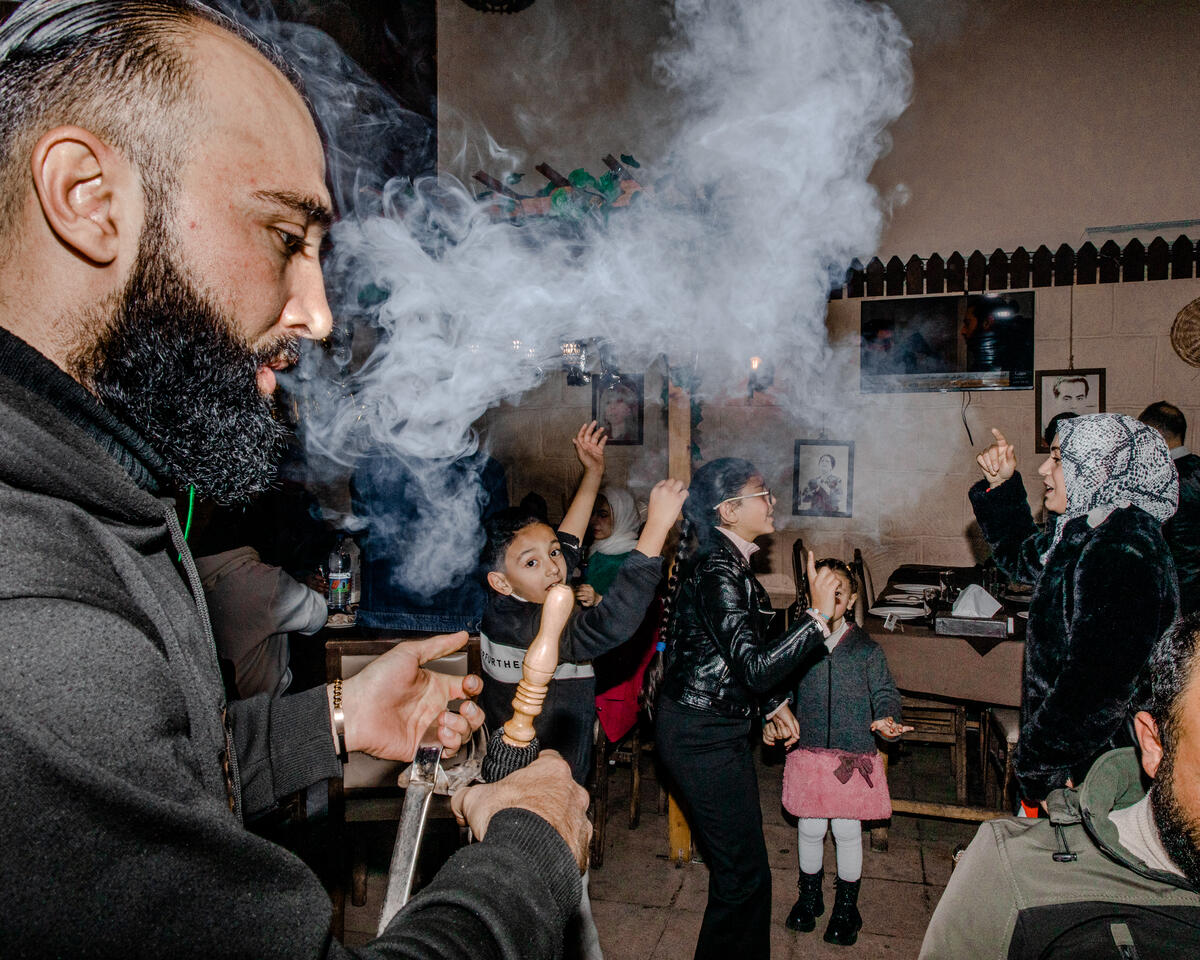Damascus in the Days Following the Fall of Al-Assad
On assignment with Die Zeit, Myriam Boulos accompanies journalist Lea Frehse in Syria after the fall of the regime on December 8, 2024
This week, Myriam Boulos traveled from her home in Beirut, Lebanon to Damascus, Syria on assignment for Die Ziet, reporting after the fall of President Bashar al-Assad’s government on December 8. The fall marked the end of more than five decades of the brutal al-Assad regime.
Traveling with journalist Lea Frehse, Boulos documented the aftermath of the fall — both moments of joy, and tragedy, as the Syrian population begin to come to terms with the monumental loss of family members and loved ones.
“As a kid, my parents used to take us on road trips to Syria. The last time I saw the country I was 16. Going back 16 years later, as the person I am today, felt like reuniting with siblings I didn’t know I had,” Boulos writes.
“These pictures were taken in two days only, and these words were written based on what I saw and what I heard through conversations with people I met in Damascus.”
“While celebrating in a restaurant, Ni3mat told me: ‘When you hurt yourself, you don’t heal immediately, it takes time. Syria’s wound is very deep.’
“He also asked me if I was from الشام Al-Sham. I told him I’m from Lebanon, and he answered: ‘Lebanon, Palestine and Syria are all Al-Sham.'”
"There’s a feeling of relief and liberation, but also of the unknown, and the pain of a wound that will take a lot of time and effort to heal."
-
On December 10, Boulos traveled to Sednaya Prison in Damascus, as families surged into the prison searching for traces of their long-lost relatives. Described by Amnesty International in 2017 as a “human slaughterhouse,” tens of thousands are estimated to have been tortured, beaten, and killed in Sednaya since 2011, one of the vast networks of prisons established by Bashar al-Assad.
“I feel like Lebanese people should go to Syria and listen to the different points of views to understand our common histories and experiences as a region, as a people,” Boulos writes on Instagram after returning to Beirut. “Please follow the work of Syrian photographers documenting their reality on the ground and outside of Syria too. Al-Ayoun is working on a database for Syrian photographers.”
For the full story of life in the days after the fall of the al-Assad regime, and the liberation of Sednaya Prison, read at Die Zeit.






















